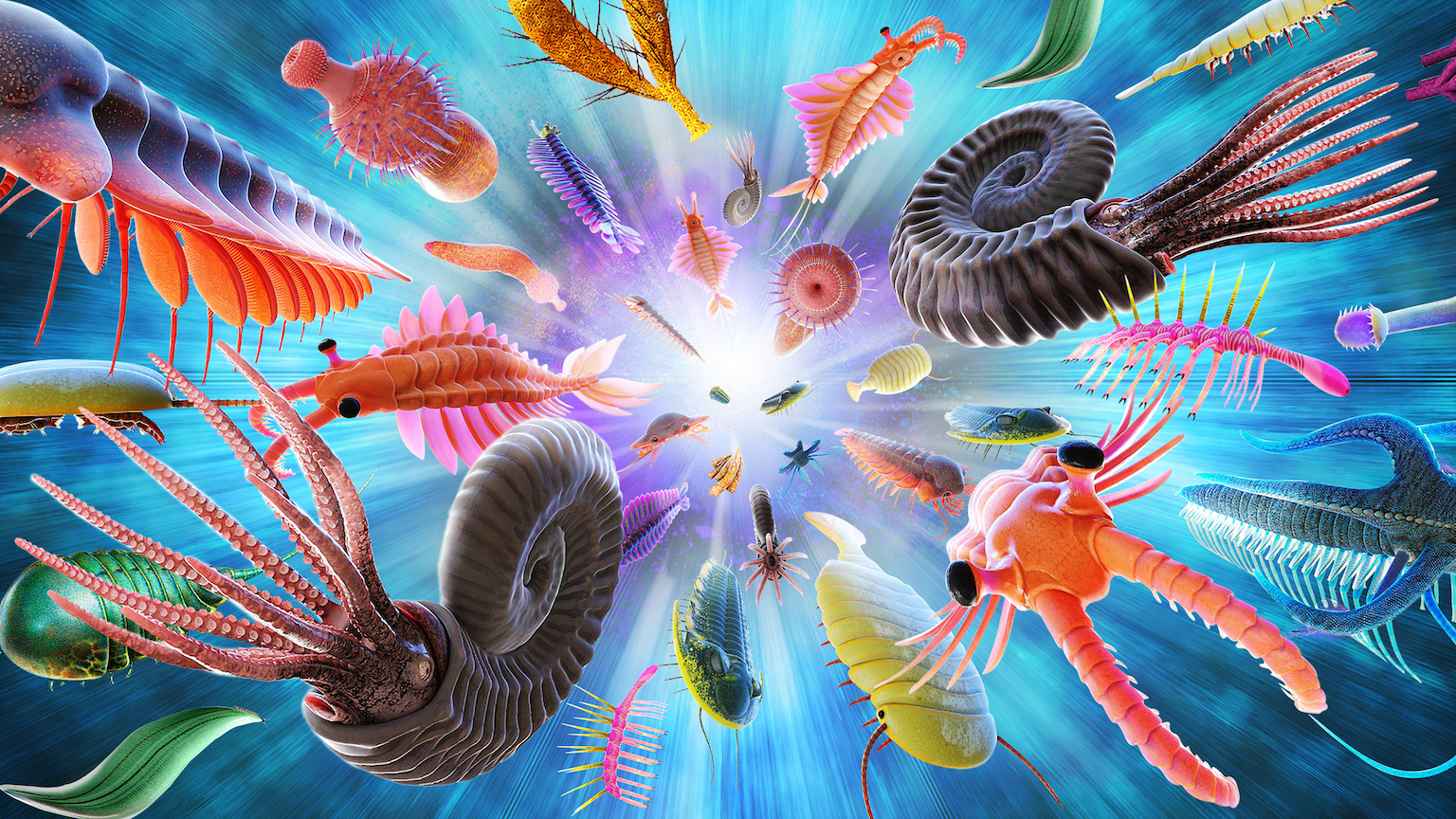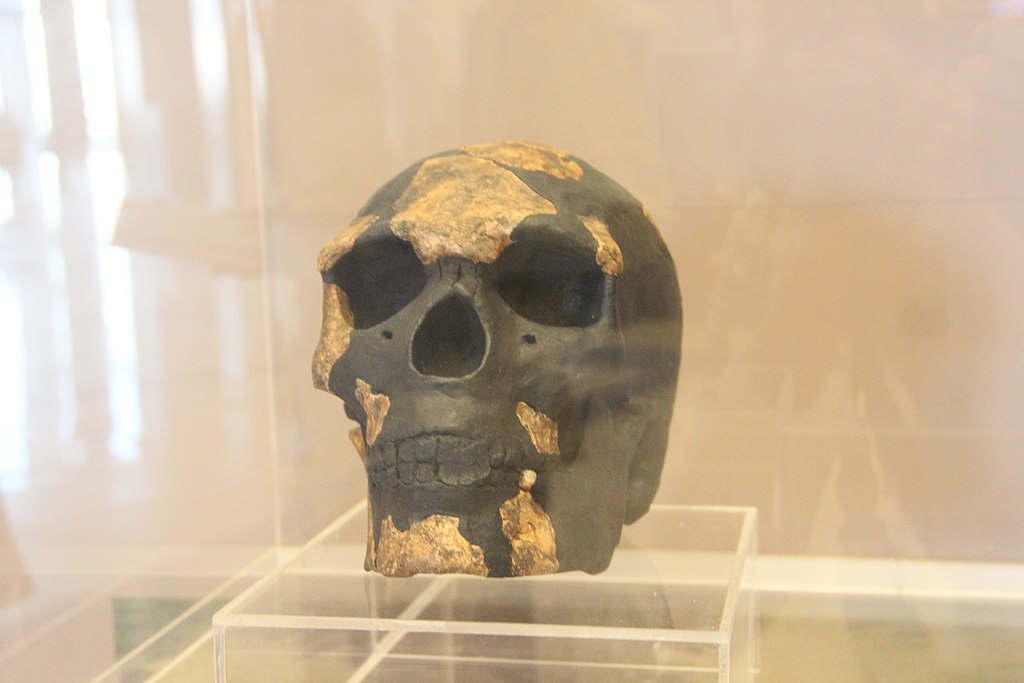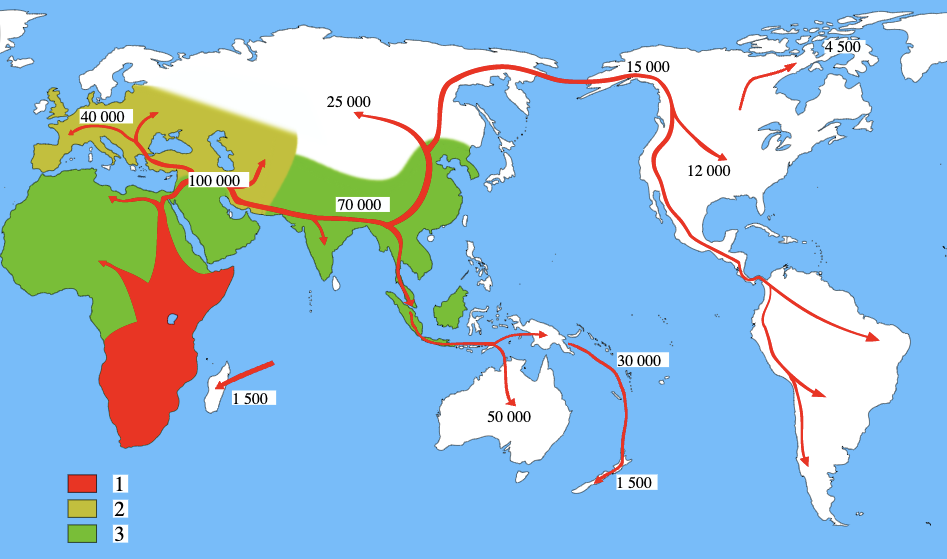Why technologically advanced aliens would have to be social creatures

- We are the only species, as far as we know, to develop advanced technology. How exactly that happened is unclear, but many key adaptations contributed.
- We do know that fitness in early hominids was measured not only by physical prowess, but by social skills in the community. Social cohesion was crucial to the exploits of hominids, including their ability to innovate.
- The balance between cooperation and competition is key to the success of civilizations.
Humans are creatures of paradox. Sometimes we overflow with compassion and empathy, while at other times we are violent and cruel. We preserve nature by creating natural parks and wilderness areas, then ravage the same natural resources without any thought of how to sustain them. I often question the “sapiens” in Homo sapiens. Yet we are the only species, as far as we know, to develop advanced technology.
How that happened is still unclear. Many key adaptations contributed, including language, the invention of fire, the use of tools, and the rise of agriculture. Another contributing factor, recently highlighted in a paper by Guillaume Daver from the University of Poitiers in France, is bipedal locomotion. Most of our mammalian and even ape ancestors walked on four feet. We walk upright, on two feet — not just occasionally, but all the time — and anthropologists consider this one of the defining traits of hominids.
Daver and his colleagues’ study looked at a 7 million-year-old femur and two arm bones recovered from an early hominid, Sahelanthropus tchadensis, that lived in central Africa. The researchers found evidence that this hominid was already bipedal, but it was also well adapted to climbing trees. This is fascinating. It indicates Sahelanthropus tchadensis could have lived either in the forest or the open savannah, and that this adaptive trait must have developed right after the first hominids split from the evolutionary line of Great Apes that includes chimpanzees.
A different kind of primate
While we still share 99 percent of our genes with chimpanzees, our behavioral patterns are quite different. This became clear after an amazing discovery 13 years ago by a research team led by Tim White from the University of California, Berkeley. White and his colleagues found a rich trough of bones 4.4 million years old and belonging to a species called Ardipithecus ramidus — Ardi for short. After analyzing the bones, the team found that the hominid was bipedal. It lived mostly in woodlands, and it had certain adaptations for climbing trees. Ardi apparently spent less of its time in the open savannah. This is generally consistent with Daver’s findings. What’s most intriguing, though, is that Ardi males didn’t have large canine teeth. Their teeth were the same size as the female Ardis’ teeth, just as we see in modern humans.
Why is that important? Because in the apes most closely related to us, like chimpanzees and gorillas, males develop large incisors for fighting and for dominating females. My former Ph.D. student Marina Resendes de Sousa António and I addressed this important difference between Ardi and our Great Ape relatives in a 2010 paper published in the International Journal of Astrobiology.
Male-female relations among chimpanzees are characterized by male competition, aggression, and instilling fear. Although chimpanzees do develop lifelong bonds with other individuals, the cohesion of the group is weak compared to humans. Young chimps are in constant danger of being killed by members of their group. There are more episodes of in-group violence, the violence is more severe, and there is less willingness to sacrifice for other group members or invest in the welfare of their offspring.
The fact that Ardi males and females had teeth of the same size suggests a more complex social structure — one less dominated by male aggression and more similar to humans today. Fitness in this early hominid was measured not only by physical prowess, but by social skills in the community. A single individual could now have a lasting influence, not just on its own offspring, but on the whole group.
This, in turn, resulted in reduced levels of aggression and more stable social arrangements. It also meant that outsiders were now more tolerated, and innovations (new tools!) were more easily accepted. This opened the way for one member of the hominid group — Homo sapiens — to become a technologically advanced species.
We of course cannot overlook the episodes of violence and savagery that mar human history. But most of the time, we get along with each other. Collaboration is much more common than competition. Without that cooperation, complex societies would be impossible. Thus, one of the key adaptations that makes us humans what we are today — one that is often overlooked — is our sociability.
None of that means that competition plays no part in advancing technology. The Apollo program that landed the first people on the Moon was an extraordinary example of close cooperation among many people from different cultures and spanning a number of sectors — military, scientific, engineering, and even political. But Apollo also had elements of competition. It was one outcome of a race between the United States and the Soviet Union to demonstrate technical prowess.
The technology of cooperation
What would this all mean for an advanced species on another planet? I think a technically advanced alien species would have to be social, although their social structure might look very different from ours. And like ours, it would likely also have elements of competition, which might be expected anyway if their ancestors were predatory.
For a technologically advanced society to survive for a long time, however, cooperation would have to dominate over competition. This is painfully clear from the dangerous threshold on which our civilization now stands. Can we as a global society cooperate broadly and quickly enough to switch to sustainable resource use and moderate the detrimental effects of climate change? Or are we no better than a bacterial culture in a Petri dish, consuming nutrients until the population crashes? Can we curb our violent impulses enough to avoid bombing our species back to the Stone Age with nuclear weapons?
These kinds of questions may also provide an answer to the Fermi Paradox, which asks why we do not see evidence of other planetary civilizations. Perhaps such civilizations just didn’t survive. Maybe finding a balance between cooperation and competition is much harder than we ever imagined, not just for us, but for aliens as well.





